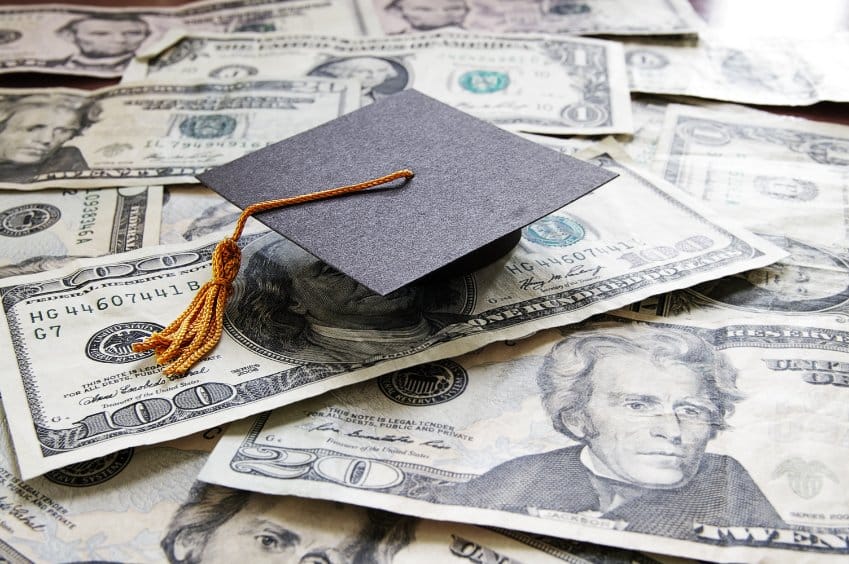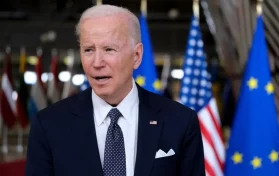
On Wednesday, President Joe Biden announced he had signed an executive order that would forgive particular amounts of student loan debt. The Biden Administration touted this as a measure of relief for millions of Americans. The president’s decision has been met with both praise and criticism. Progressives believe that the executive order did not provide enough relief to affected individuals, while some Americans are angry. These Americans claim that they will be paying for a bill they never made.
While there are those who are overjoyed that they will no longer have to make student loan payments – in fact, those who had winnowed their totals below $10,000, depending upon whether they had a Pell grant or not, may see their entire debt wiped out – there are those who believe the American taxpayer will be taking up the bill. Let’s take a look at what the Committee for a Responsible Federal Budget has to say regarding the claim.
The CRFB is a non-partisan and non-profit group founded in 1981 by two Congressmen – one a Republican, one a Democrat. The CRFB today is considered a “think-tank,” and the current group is made up of former members of Congress, people who are a part of the Federal Reserve, members of the Congressional Budget Office, and the Office of Management and Budget.
The Committee for a Responsible Federal Budget looked at the financials surrounding student loan forgiveness by the federal government. They estimated on Wednesday that the executive order’s directive could cost American taxpayers approximately $500 billion over the course of the next decade.
Biden’s student loan forgiveness directive wipes away up to $20,000 for those students who used a Pell grant in addition to student loans, and those who did not utilize a Pell Grant will see $10,000 wiped away from the total of their student loan balance. This applies only to debtors who make $125,000 or less per year.
An estimated 43 million Americans have some type of student loan debt, which totals to $1.6 trillion. Around 30 percent of those borrowers possess $10,000 or less in loans; over half of the 43 million with a student loan debt owe $20,000 or less.
Critics say that forgiving the debt for these individuals is not only unfair, but that it will only serve to worsen overall inflation.
Biden said that the forgiving of some student debt is a part of his campaign promises to the American people. His critics say President Biden is merely “purchasing votes.”
The executive order does nothing to curb rising higher education costs, which have risen to three times what they were 30 years ago. Many of the most expensive universities in the country have huge endowments, which typically serve to pay for students who earn scholarships. (NOTE: Some endowments are allotted to pay for educators, public service on the part of the university, and both construction and maintenance at said university.)
Critics are also pointing out that last year Speaker of the House Nancy Pelosi said that the president did not have the authority to forgive student debt, and that the measure must go through Congress.
In February, President Biden even commented that he “(didn’t) think (he had) the authority to do it by signing the pen.” However, President Biden used a COVID-era emergency authority to sign his executive order.
Goldman Sachs analyzed the financial data of this plan as well, and they concluded that while the plan is set up to benefit lower-income households, those individuals largely don’t have student loan debt. The financial giant says that the middle class is likely to benefit the most from the debt forgiveness, but “this modest reduction in debt payments as a share of income implies only a modest boost in GDP.”
The Goldman team also added that the continued pause on student loan payments (Biden’s order continues the pause in payments until December 31, 2022) “will be slightly negative” once debt repayment resumes in January 2023 and beyond.





